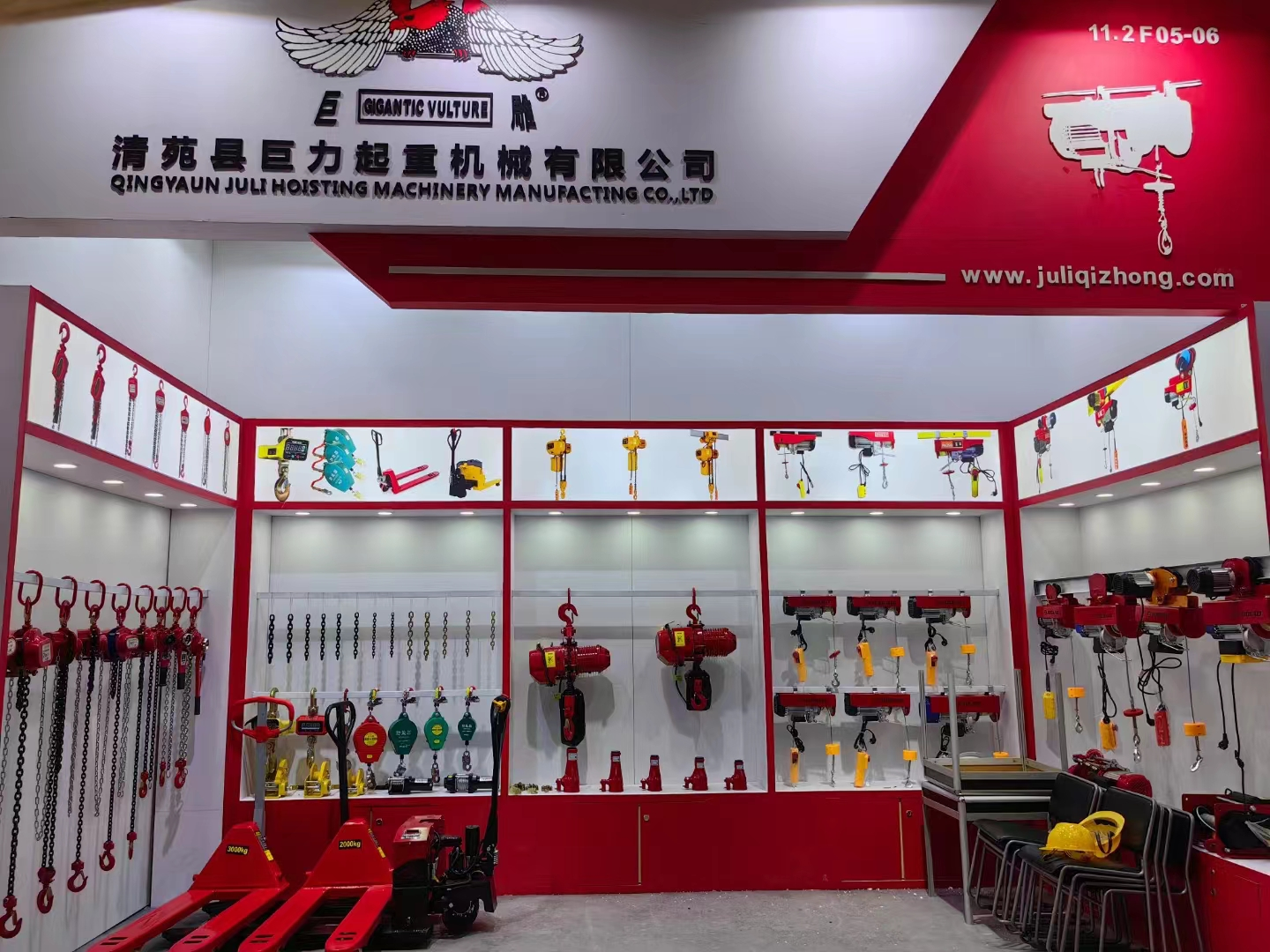


Fall Protection FAQs
Fall protection is a critical aspect of workplace safety, particularly in industries where workers face the risk of falling from heights. Understanding the essential elements of fall protection can help ensure a safer working environment. Below, we address some frequently asked questions regarding fall protection.
What is fall protection?
Fall protection refers to systems and practices designed to prevent workers from falling from elevated surfaces. It encompasses a variety of measures, including personal protective equipment (PPE), guardrails, safety nets, and fall arrest systems. The main goal of fall protection is to minimize the risk of injury or fatality resulting from falls.
Who needs fall protection?
Any worker who is exposed to a potential fall hazard, especially at heights of six feet or more in the construction industry, typically requires fall protection. This includes workers on scaffolding, roofs, ladders, and any elevated surfaces. Additionally, fall protection may be necessary for workers near open edges or in areas where they could potentially fall into hazardous machinery or equipment.
What are the types of fall protection systems?
There are three primary categories of fall protection systems
1. Fall Prevention These systems aim to prevent falls from occurring in the first place. Typical measures include guardrails and safety nets, which act as barriers to prevent workers from reaching the edge of a surface.
2. Fall Arrest These systems are designed to stop a fall once it has begun. This includes harnesses, lanyards, and anchor points, which work together to arrest a person's fall and minimize impact forces.
3. Administrative Controls These are strategies that modify how work is done to reduce fall exposure, such as establishing safety procedures, training, and maintenance protocols.

What equipment is necessary for fall protection?
The necessary equipment can vary depending on the scope of work and the specific fall hazards present. Common items include
- Harnesses These wearable devices secure the worker and distribute fall forces across the body. - Lanyards Used to connect a harness to an anchor point, lanyards can be shock-absorbing or non-shock-absorbing. - Anchor Points These are secure points to which fall arrest systems can be attached. Properly selected and installed anchors are crucial for safety. - Guardrails and Safety Nets Permanent or temporary barriers that prevent falls from elevated surfaces.
Who is responsible for fall protection?
Employers are primarily responsible for ensuring that fall protection measures are in place and that all workers receive adequate training. However, employees also have a duty to adhere to safety protocols and use provided fall protection equipment correctly.
What are the consequences of not using fall protection?
Failure to implement proper fall protection can result in serious injuries or fatalities. Moreover, employers may face legal repercussions, including fines and citations from regulatory agencies like OSHA (Occupational Safety and Health Administration) for non-compliance with safety standards.
How can workers be trained on fall protection?
Training should be comprehensive and tailored to the specific tasks workers will be performing. It typically includes understanding fall hazards, proper use of equipment, and emergency response procedures. Regular refresher training sessions can also help maintain awareness and competence.
In summary, fall protection is essential in creating a safe working environment for individuals working at heights. By understanding the risks, necessary equipment, and responsibilities, both employers and employees can contribute to reducing fall incidents and enhancing workplace safety.



